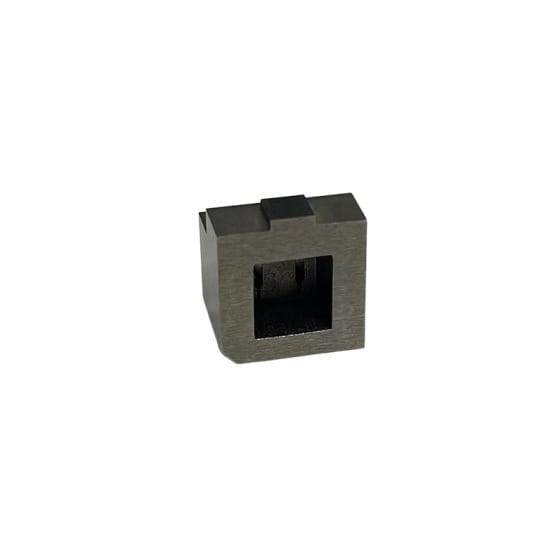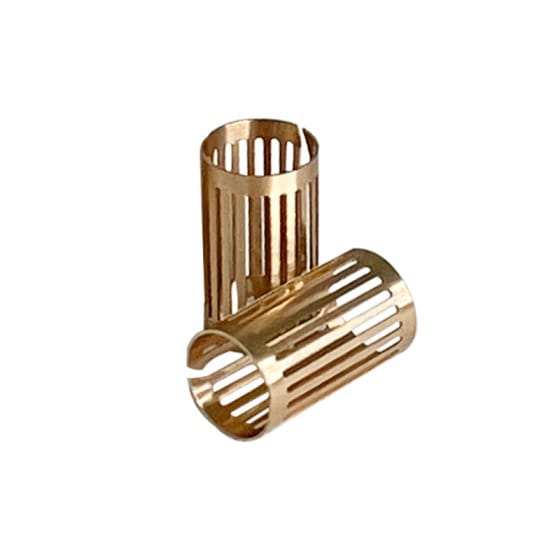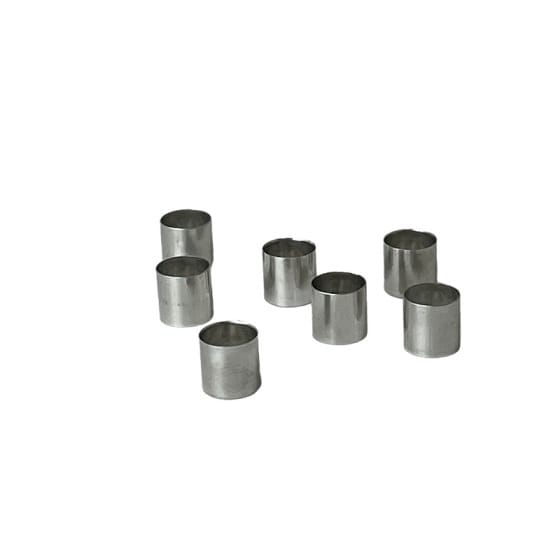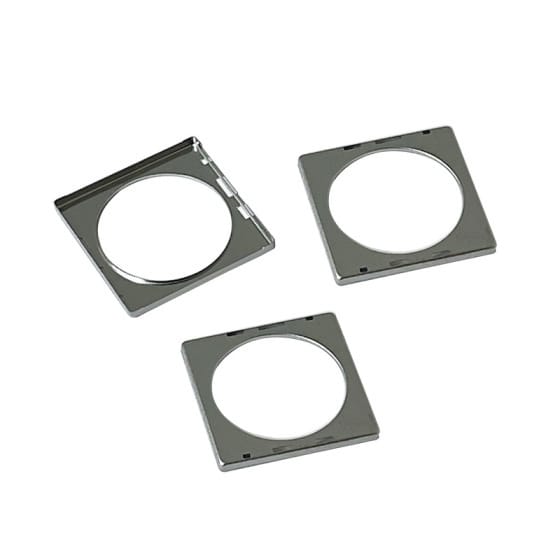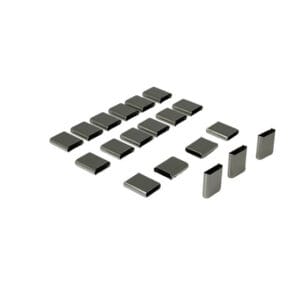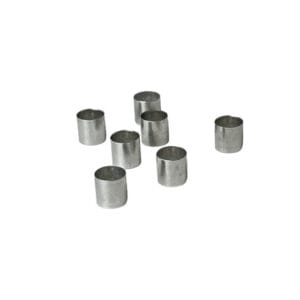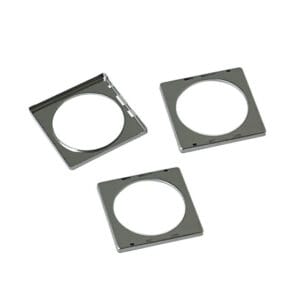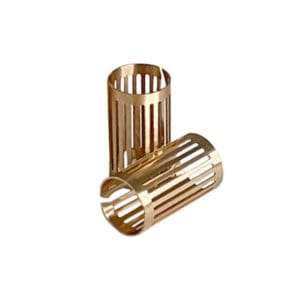Progressive stamping parts are integral to the manufacturing process, particularly in metal fabrication. This technique involves a series of stamping operations that are executed in a single stroke of the press. The die is designed to make multiple cuts and forms in a sheet of metal, progressively shaping it into the desired component as the material moves through the die stations.
One of the most significant advantages of using progressive stamping parts is their ability to produce high volumes of parts with consistency and precision. As the stamping process is automated, it minimizes human error and enhances production efficiency. This is particularly beneficial for industries that require large quantities of identical parts, such as automotive, aerospace, and electronics.
The process typically begins with the design of a progressive die, which is a critical step in ensuring the final product meets specifications. Engineers utilize CAD software to create detailed designs that address dimensions, tolerances, and material properties. Once the die is fabricated, the production process can commence, using sheet metal fed into the press where it undergoes a series of operations including bending, piercing, and blanking.
Additionally, the choice of material plays a crucial role in the quality of progressive stamping parts. Common materials include steel, aluminum, and brass, each offering different properties such as strength, weight, and corrosion resistance. Selecting the right material ensures the durability and functionality of the finished components.
Another key aspect of progressive stamping is its cost-effectiveness. While the initial investment in die creation and setup may be high, the long-term savings gained from high-speed production and reduced labor costs make it an attractive option for many manufacturers. Moreover, progressive stamping allows for intricate designs that can incorporate features like holes, bends, and other specifications without the need for secondary operations, further streamlining the manufacturing process.
In various applications, progressive stamping parts are found in products such as brackets, fasteners, housings, and connectors. Their versatility makes them ideal for a wide range of industries, underscoring the importance of mastering this manufacturing technique.
In conclusion, progressive stamping parts are a cornerstone of efficient and precise manufacturing. By understanding the processes involved and the advantages they offer, manufacturers can optimize their production capabilities and stay competitive in an ever-evolving market. Embracing progressive stamping not only enhances product quality but also paves the way for innovation in design and functionality.

